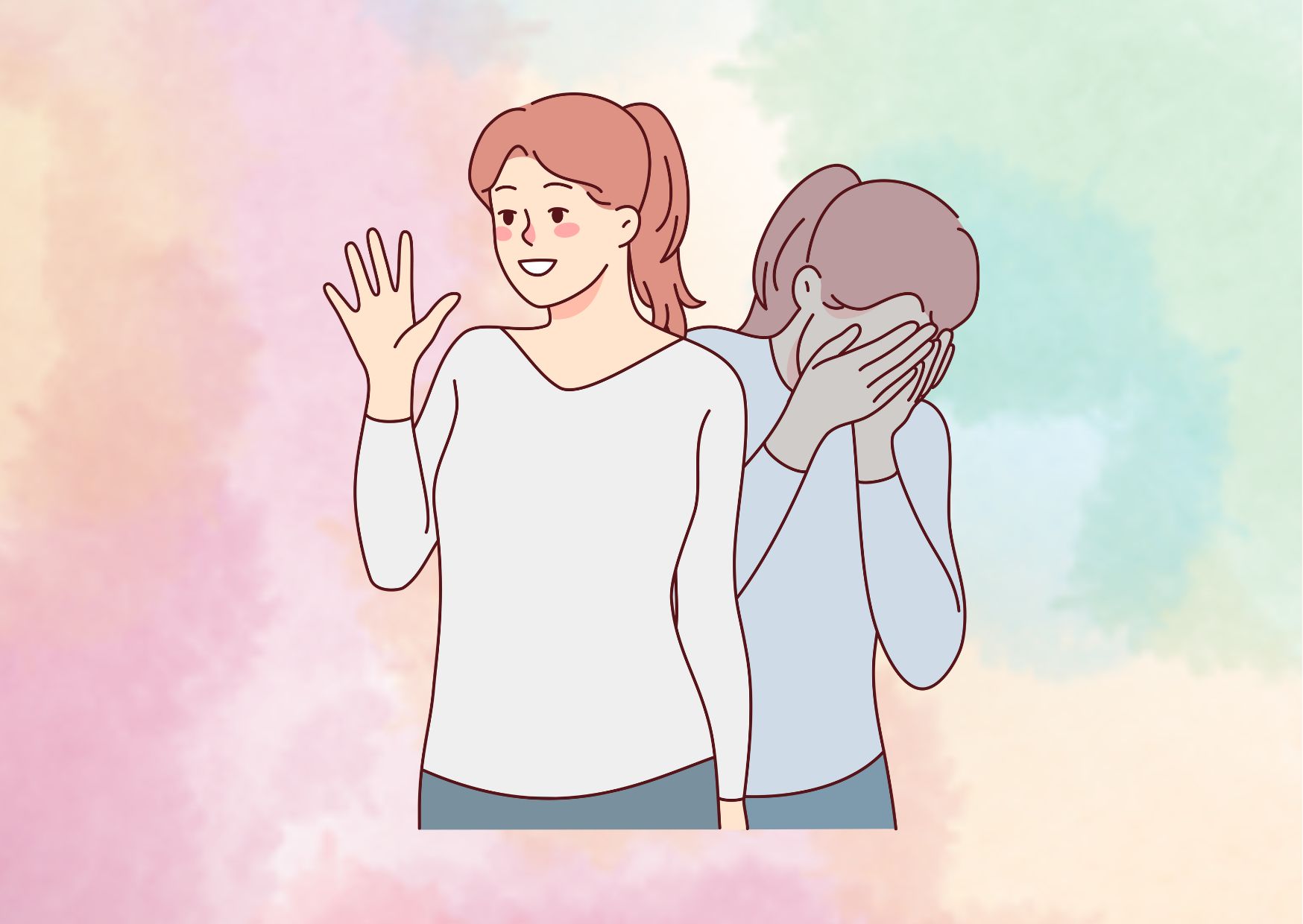What Is Toxic Positivity and Why It’s More Harmful Than You Think
“Just stay positive!” “Good vibes only!” “Everything happens for a reason!” These seemingly encouraging phrases might actually be doing more harm than good. What is toxic positivity? It’s the excessive and ineffective overgeneralization of a happy, optimistic state across all situations.
The pressure to maintain a positive outlook at all times has become increasingly prevalent in our modern society. While optimism certainly has its place, the relentless pursuit of positivity can lead to denial, suppression, and invalidation of authentic human emotions.
This comprehensive guide explores the psychology behind toxic positivity, its impact on mental and physical health, and how social media perpetuates this harmful mindset. We’ll also examine different generational perspectives and provide practical strategies to develop a more balanced emotional approach to life.
Understanding the Psychology Behind Toxic Positivity
The science behind toxic positivity reveals a complex interplay between our emotions, brain function, and overall well-being. Understanding these mechanisms helps explain why forced toxic positivity can be detrimental to our health.
The science of emotional suppression
Emotion suppression involves intentionally avoiding or inhibiting the expression of feelings, particularly those deemed negative or uncomfortable. Research shows that this suppression operates on two critical levels:
- Behavioral Level: People often engage in substitute behaviors like overeating or excessive exercise to avoid processing difficult emotions
- Physiological Level: The body responds to suppression with increased blood pressure, elevated stress hormones, and higher autonomic reactivity
Studies have linked chronic emotional suppression to various health conditions, including cardiovascular problems and accelerated aging processes. What’s particularly concerning is that these effects can manifest even when we’re unaware we’re suppressing our emotions.
How the brain processes forced positivity
When we force ourselves to be positive in challenging situations, our brain experiences cognitive dissonance – a state of psychological discomfort arising from conflicting beliefs or behaviors. This creates a unique pattern of neural activity where the brain simultaneously processes the genuine emotion and works to suppress it, consuming significant mental resources.
The constant effort to maintain positivity in the face of genuine negative emotions can lead to increased stress levels and reduced emotional resilience. Research indicates that this forced suppression can actually intensify the very emotions we’re trying to avoid.
The role of cultural conditioning
Cultural expectations play a significant role in how we process and express emotions. Modern society, particularly in Western cultures, often promotes an unrealistic emphasis on constant positivity. This cultural conditioning manifests in several ways:
Workplace Impact: Corporate environments frequently promote toxic positivity through “good vibes only” cultures, leading to increased stress and burnout among employees who feel pressured to maintain constant cheerfulness.
Social Norms: Different cultures have varying approaches to emotional expression. While some societies value emotional restraint, others encourage more open expression. These cultural differences significantly influence how people cope with and process their emotions.
The science is clear: while optimism has its place, the suppression of genuine emotions – whether positive or negative – can have serious consequences for our mental and physical health. Understanding these mechanisms helps us recognize when positivity crosses the line from helpful to harmful.
The Hidden Dangers of Always Being Positive
While maintaining a positive outlook can be beneficial, the constant pressure to suppress negative emotions comes at a significant cost. Research reveals that toxic positivity can create a cascade of harmful effects that impact our overall well-being in surprising ways.
Impact on mental health and well-being
The psychological toll of forced positivity manifests in various ways. When we consistently deny or suppress our authentic emotions, we create a dangerous cycle of internal conflict and self-doubt. Mental health professionals have observed that individuals who regularly engage in toxic positivity often experience:
- Increased anxiety and depression
- Intense feelings of shame and guilt
- Diminished emotional resilience
- Difficulty processing trauma
- Enhanced feelings of isolation
The pressure to maintain a perpetually positive facade can lead to what psychologists call “emotional invalidation,” where we begin to question the legitimacy of our own feelings.
Physical health consequences
The mind-body connection plays a crucial role in how emotional suppression affects our physical health. Research has demonstrated that constantly pushing away negative emotions can compromise our immune system function and trigger various physiological responses.
Studies show that individuals who chronically suppress their emotions are more likely to experience cardiovascular issues, decreased immune system function, and elevated stress hormones. The constant effort to maintain positivity creates a state of sustained tension in the body, leading to muscle pain, digestive problems, and sleep disturbances.
Relationship and social implications
Perhaps the most insidious effect of toxic positivity is its impact on our relationships. When we create an environment where only positive emotions are acceptable, we inadvertently build barriers to genuine connection. This manifests in several ways:

